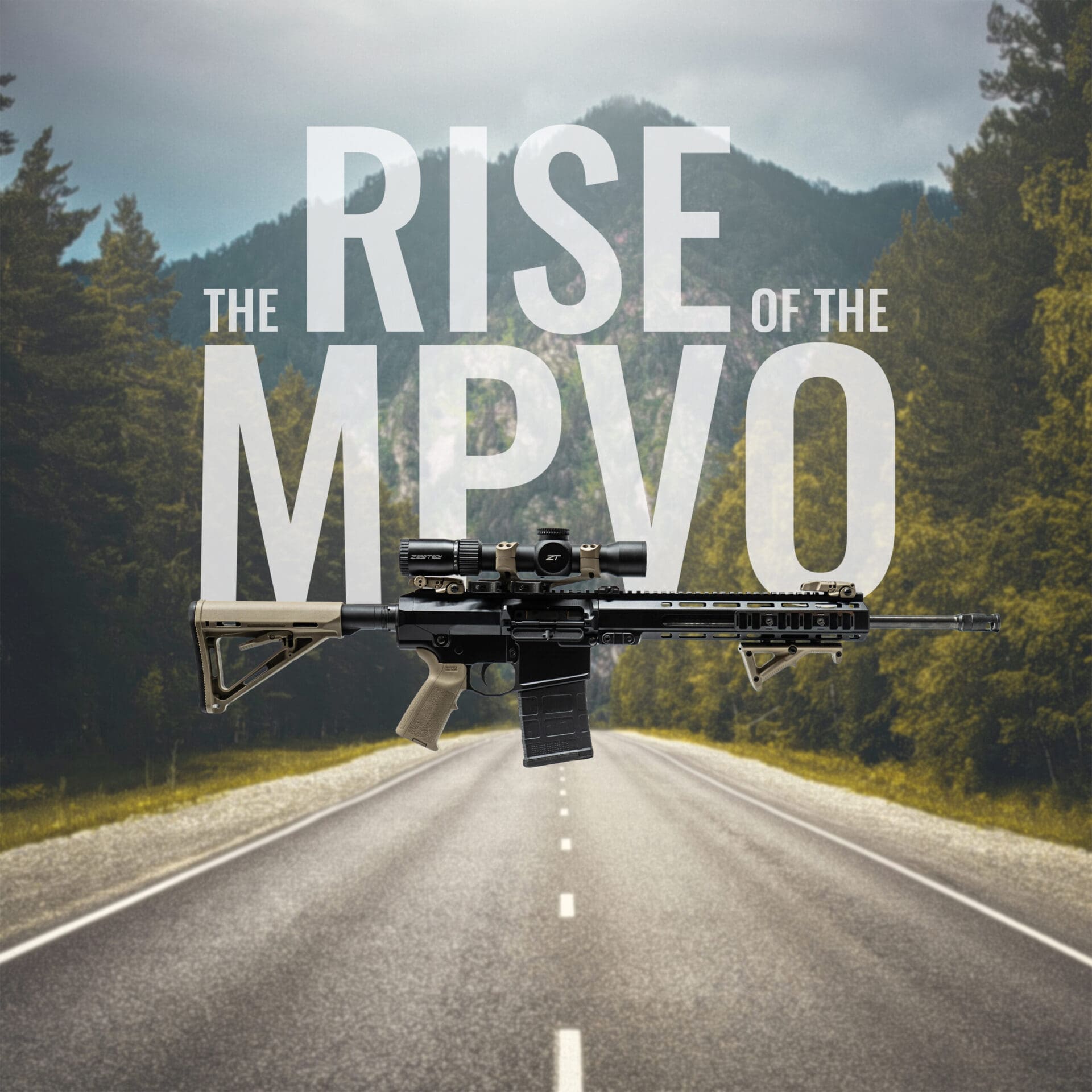Not only is the logarithmic decibel scale difficult to understand, it only scratches the surface of explaining what is and is not “hearing safe” when it comes to firing suppressed firearms. PEW Science is looking to change all of this with some extremely high-tech testing and an entirely new way to present the information.
Their new Silencer Sound Standard and Suppression Rating will provide a clear picture of how much exposure to a given firearm with a given suppressor is safe for your hearing, and will also give the industry and consumers a much more meaningful method by which to compare suppressor models and host firearms.
PEW Science’s press release follows:
PEW Science Announces Industry Leading Silencer Sound Standard
26-MAR-2020 — As an industry leader in independent small arms sound signature testing, PEW Science is announcing the launch of a groundbreaking methodology- the Silencer Sound Standard™.
Over the past decade, consumers have demanded accurate and dependable information on how “hearing safe” a silencer will be on a certain host firearm. PEW Science answered the call by developing the Suppression Rating™. The new Standard and Suppression Rating finally arms consumers with a true “hearing safe” metric from a reliable, unbiased source.
“PEW Science has created an advanced, yet simplified, testing and analytical methodology to evaluate the sound signature of both suppressed and unsuppressed small arms. Silencer consumers now have access to truly independent test data that is state of the art, comprehensive, and meaningful,” states Jay Idriss, Owner and Technical Director of PEW Science LLC. “We have really gone where nobody in the firearm industry has gone before; we developed our own hardware and software tools to make this Standard a reality.” PEW Science has named this technology PEW-SOFT™.
Using one number to compare every silencer on every host firearm to each other, the rating provides the best real estimate of comfortable use with unprotected ears for a silencer paired with a specific host. By knowing how many shots in a given use period are actually hearing safe, consumers will be able to protect their hearing while enjoying hunting, practicing at the range, or casually plinking. The PEW Science Suppression Rating provides the most accurate and comprehensive sound signature rating available to consumers.
Visit https://pewscience.com for silencer Sound Signature Reviews™ and more information about PEW Science technology, their industry leading Silencer Sound Standard, and Suppression Rating.
PEW Science
Professionally Engineered Weaponeering
https://pewscience.com











